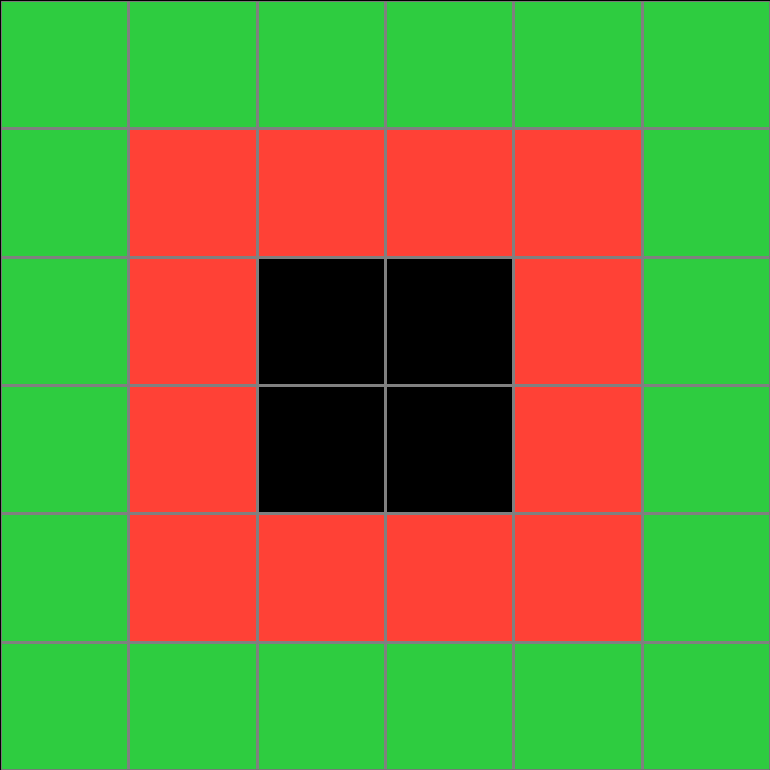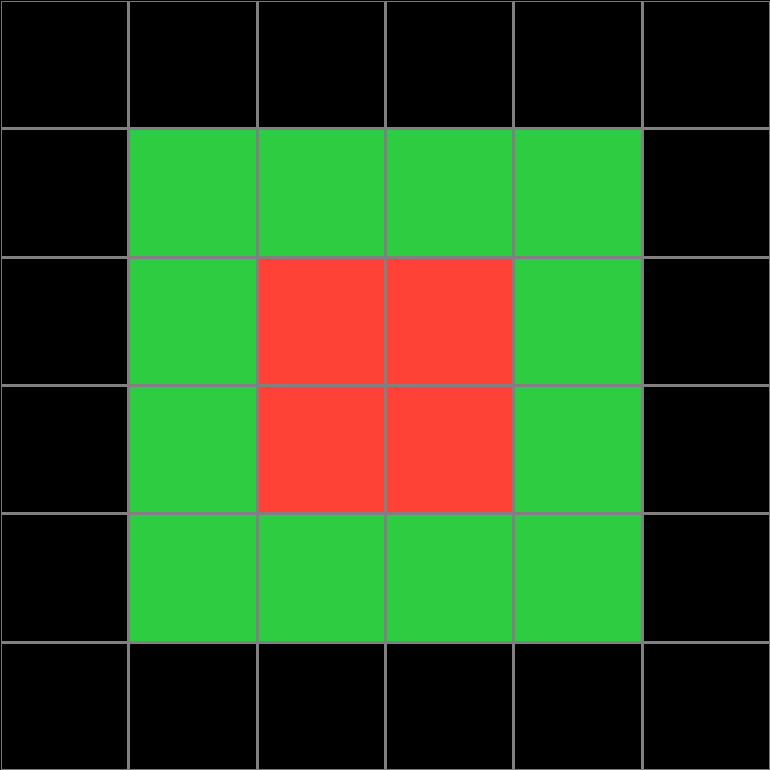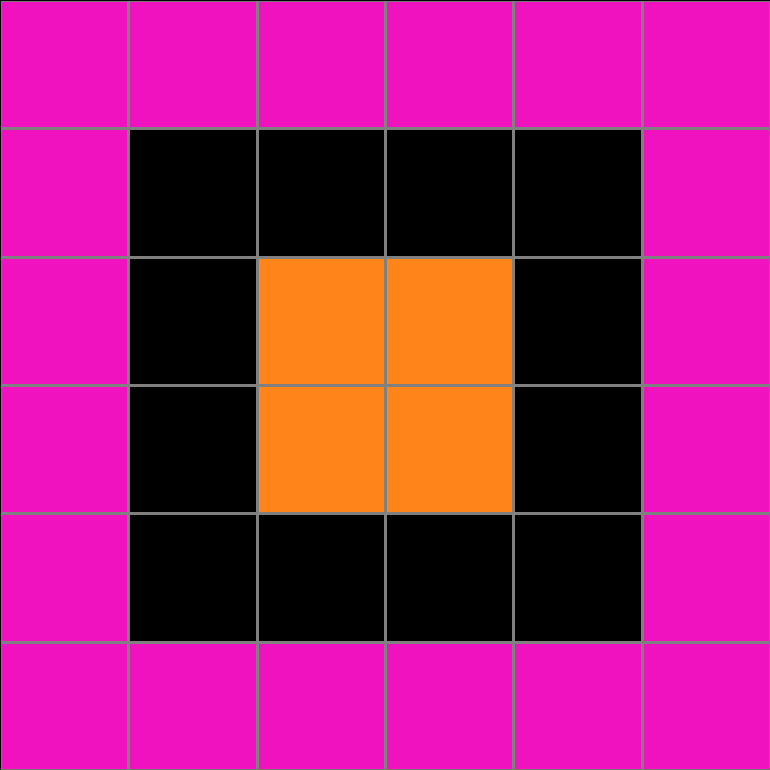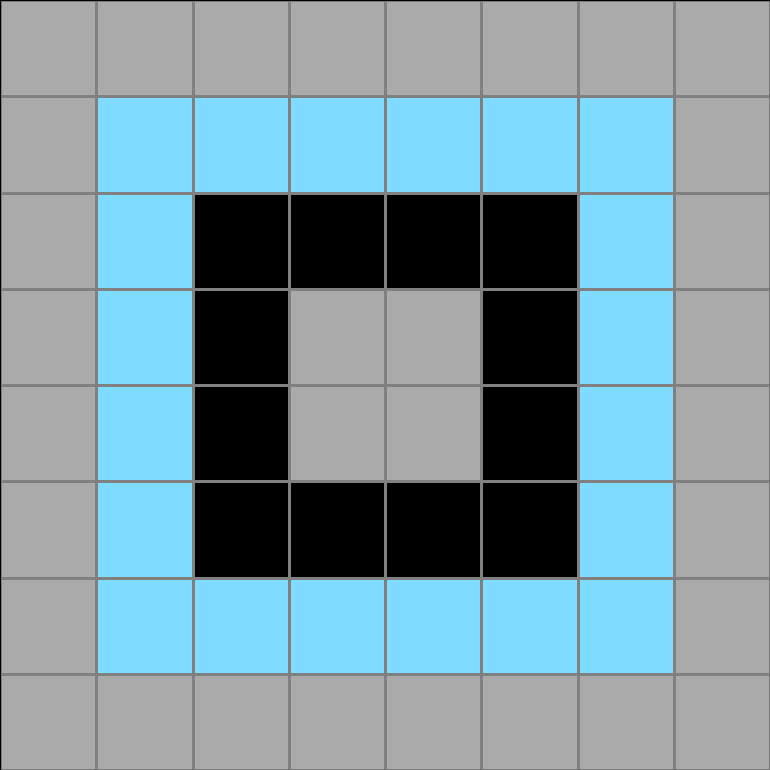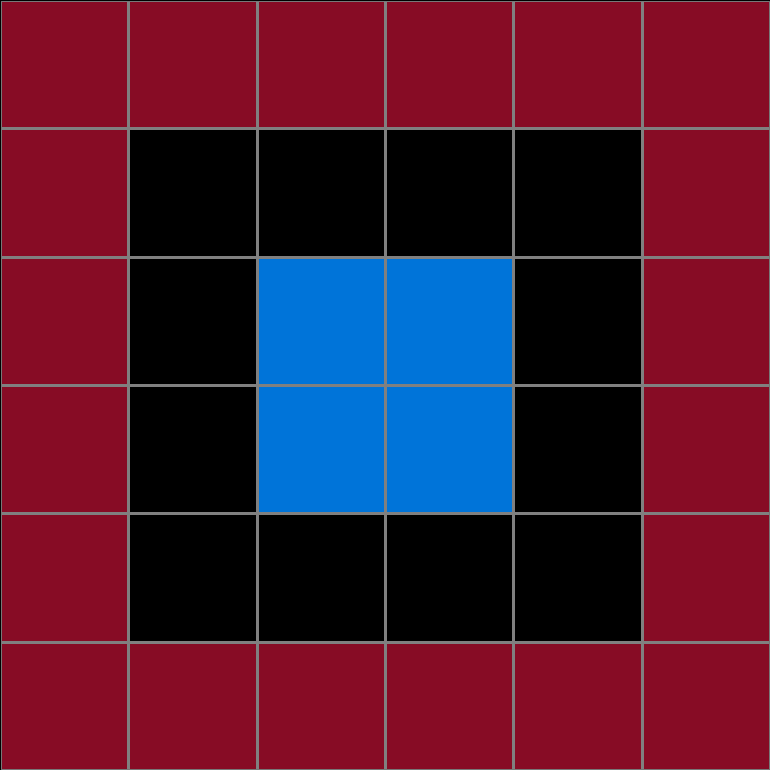Participant 1
Initial description: The colors cycled one step to the middle, looping back to the outside from the center.
Final description: The colors cycled one step to the middle, looping back to the outside from the center.
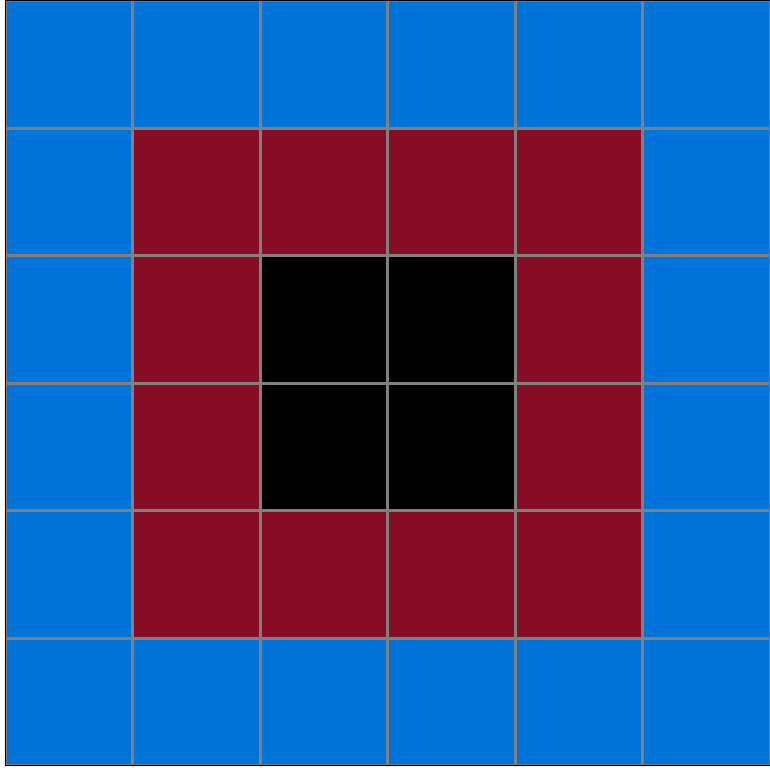
Participant 2
Initial description: Due to the fact that according to the examples the squares in the center should be pushed all the way to the last corners. Meanwhile, the squares on the furthest side on the beginning, we need to only push them once, as well as the black squares in the middle only push them outwards.
Final description: Due to the fact that according to the examples the squares in the center should be pushed all the way to the last corners. Meanwhile, the squares on the furthest side on the beginning, we need to only push them once, as well as the black squares in the middle only push them outwards.
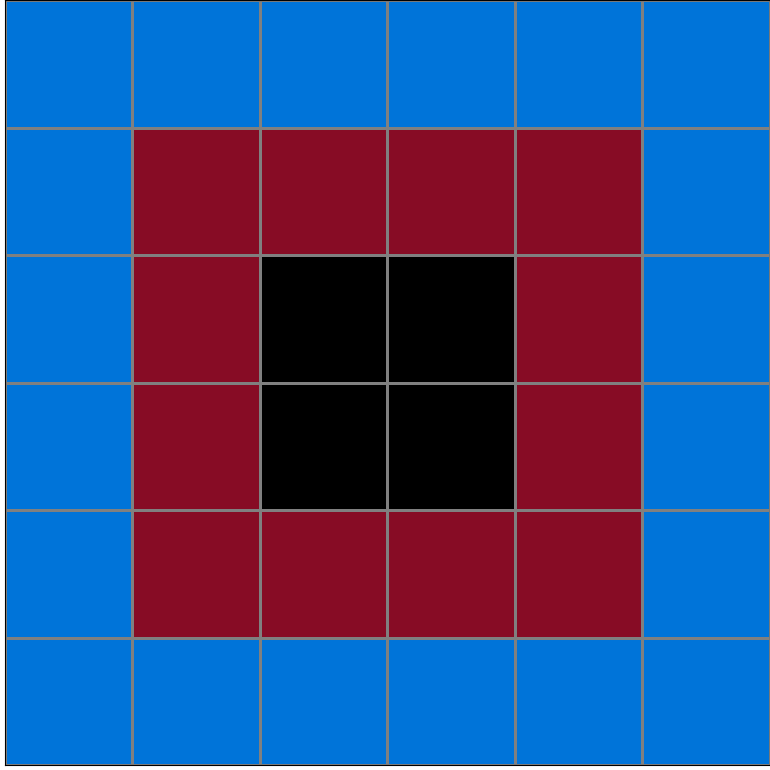
Participant 3
Initial description: The input consists of multiple concentric squares in different colors. Change the colors of the squares by advancing each color inwards one ring. The outer square becomes the color of the innermost in the input. This does not explain the third example properly. Best guess for that is adding a rule that if moving the color of the innermost square to the outermost causes the outermost two squares to have the same color, use the color of the second smallest square instead. But I only have the one data point on this exception, so that's a guess.
Final description: The input consists of multiple concentric squares in different colors. Change the colors of the squares by advancing each color inwards one ring. The outer square becomes the color of the innermost in the input. This does not explain the third example properly. Best guess for that is adding a rule that if moving the color of the innermost square to the outermost causes the outermost two squares to have the same color, use the color of the second smallest square instead. But I only have the one data point on this exception, so that's a guess.
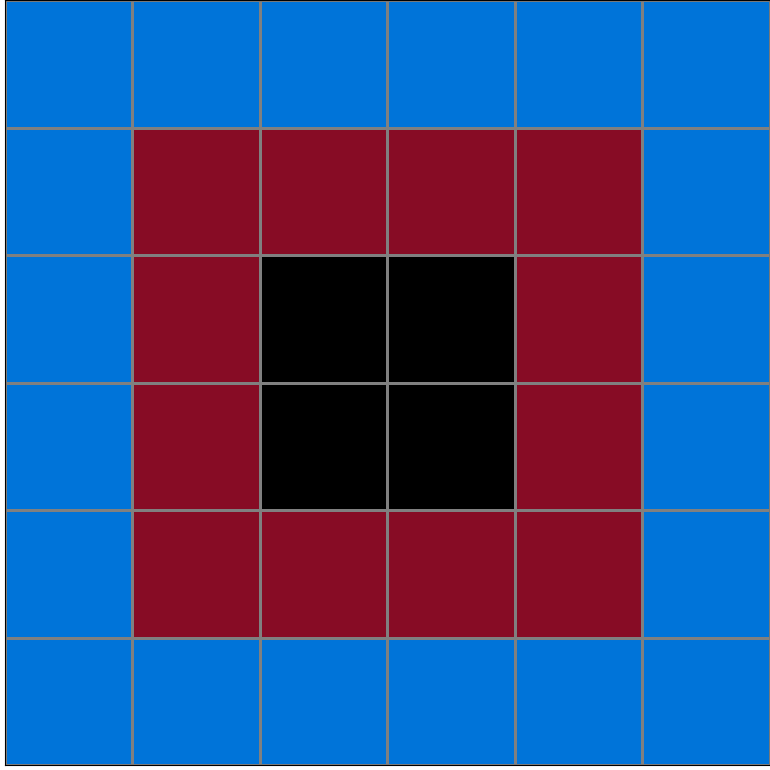
Participant 4
Initial description: The grid size stayed the same. The placement of the blocks inside didn't move, but their color was inverted.
Final description: Grid sized remained the same. Outer colors went inward.

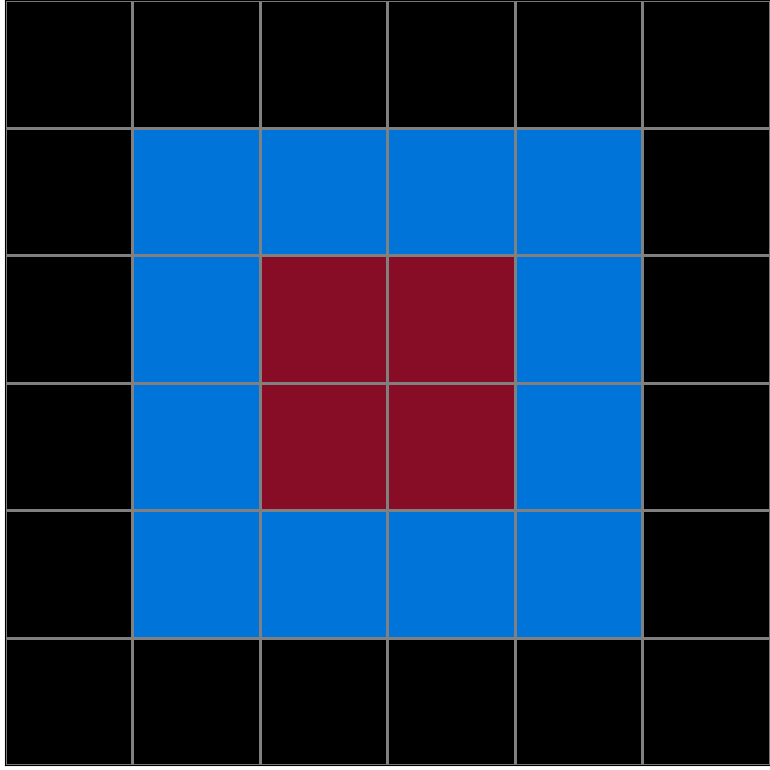

Participant 5
Initial description: bring each layer of color in one and bring the inner color to the outside
Final description: bring each layer of color in one and bring the inner color to the outside
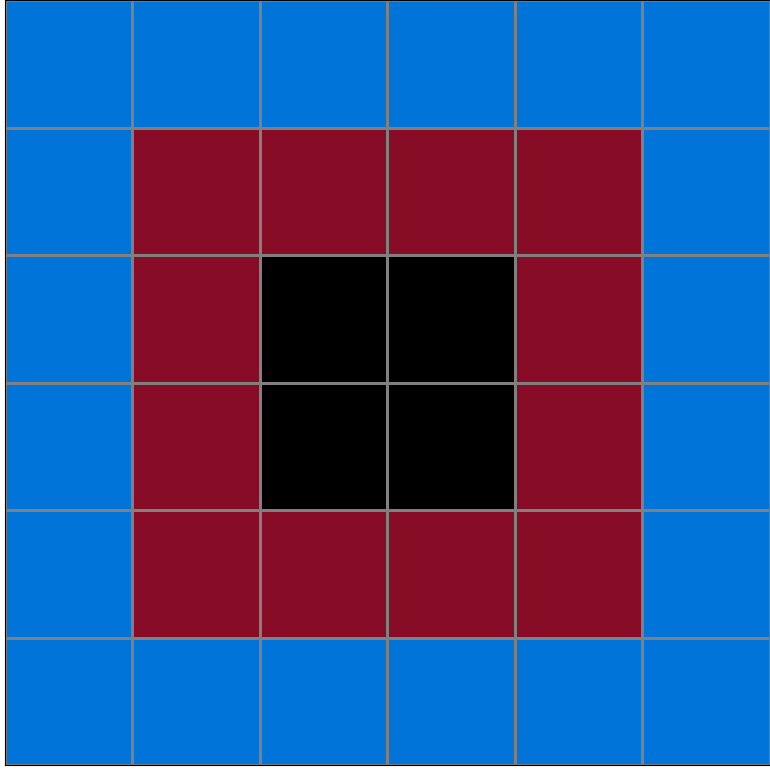
Participant 6
Initial description: Inversion of color scheme
Final description: inversion of color scheme
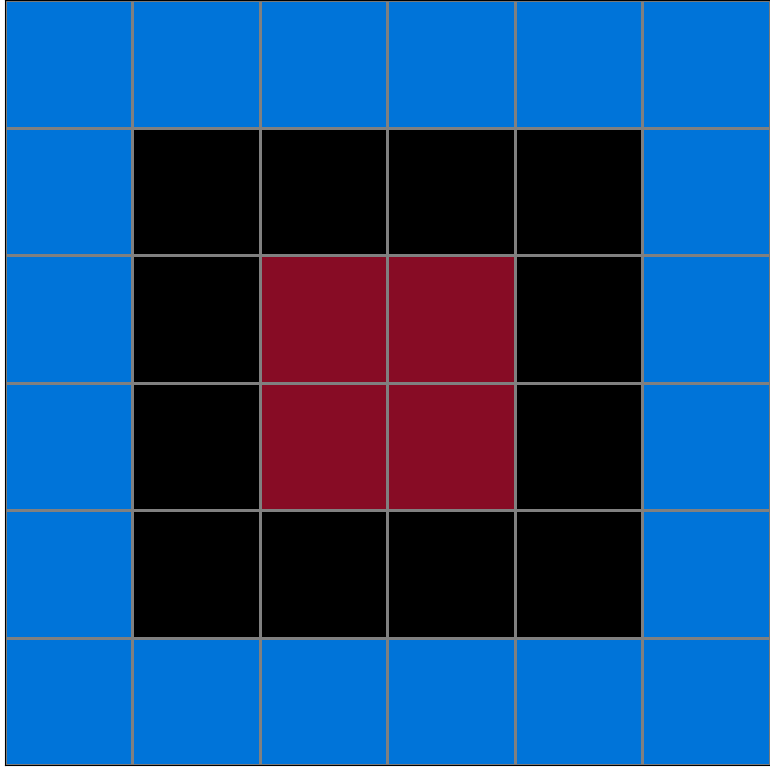
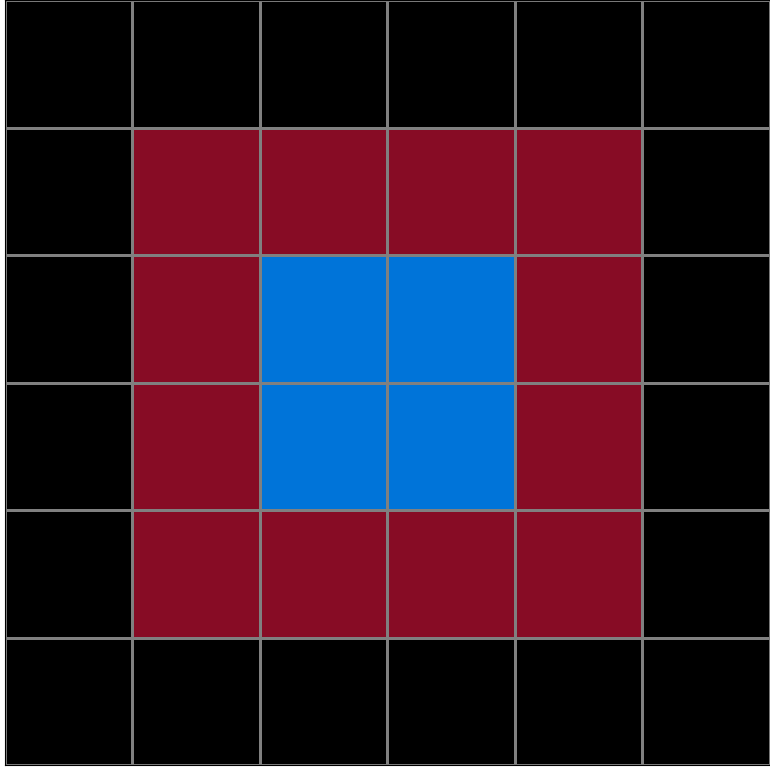
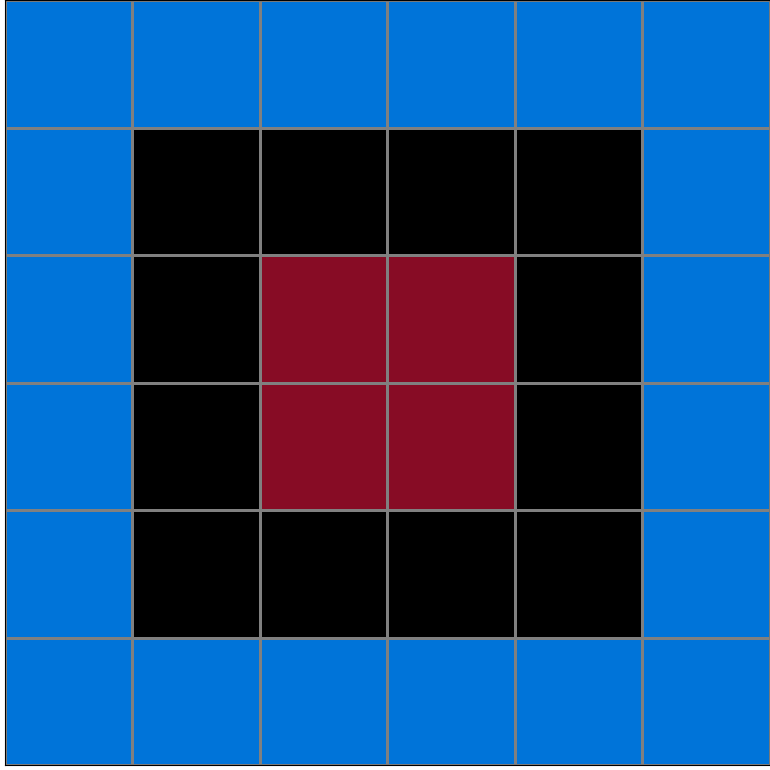
Participant 7
Initial description: SQUARES CHANGING OUT BY ONE LAYER
Final description: SQUARES CHANGING OUT BY ONE LAYER

Participant 8
Initial description: Take the test grid and move each color inward, the inner most color going on the outside.
Final description: Take the test grid and move each color inward, the inner most color going on the outside.

Participant 9
Initial description: The grid size was the same, it just seemed the colors would move "inward. And then the inner color would move to the outside.
Final description: The grid size was the same, it just seemed the colors would move "inward. And then the inner color would move to the outside.

